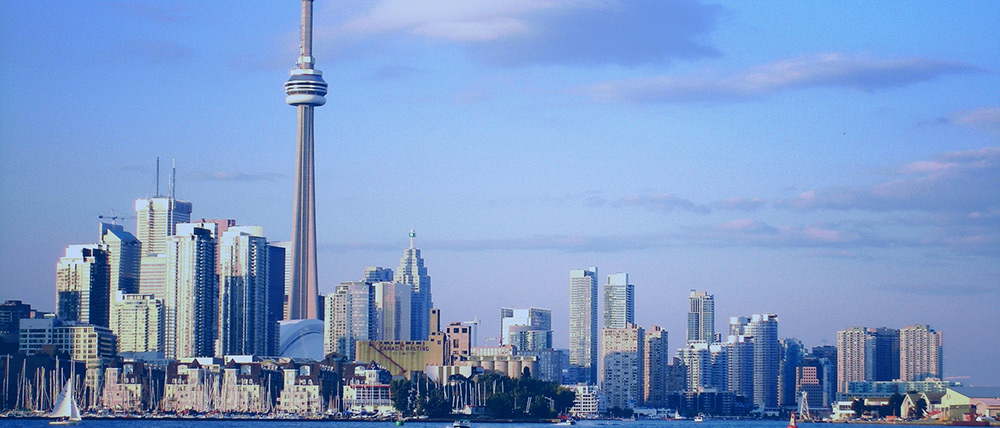canada at a glance
*Source: Statistics Canada, World Bank, Wikipedia,
about canada
Map of Canada
Canada is a country in North America consisting of ten provinces and three territories. Located in the northern part of the continent, it extends from the Atlantic to the Pacific and northward into the Arctic Ocean.
Canada covers six time zones from the "Pacific Ocean to the Atlantic Ocean" and is the world's second largest country with an area of 9, 970, 610 square kilometers (3, 849,656 square miles); the largest being Russia.
Canada is globally recognized for its exceptional quality of life, stable, progressive political environment and one of the healthiest economies in the world. The United Nations has ranked Canada the top country in the world in which to live for 9 consecutive years.
Demographics
Population: 40,000,000
Canada's three largest cities are - Toronto, Montreal and Vancouver - together account for over 30% of the population
Capital City: Ottawa, Ontario (population: 1,236,324 )
40% of Canada population lives in Ontario
23% of population resides in Quebec
31.3% of population speak French
14.3% speak French only
3.3 persons per square kilometer; USA = 27.5 persons
78% live in an urban area, 22% rural
95.6% literacy rate
Border complicates deployment of services, asserts two-tier process
Languages: English, French and 53 native languages
Doing business in Canada
Legal requirement for bilingual materials in Canada
Packaging Laws: Equal space dedicated to English & French
Canadian Consumer is COMPUTER SAVVY AND CONNECTED!
69% of Canadian households owned a personal computer in 2000
20,450,000 people are Internet users in Canada
In 2012, 83% of Canadian households had access to the Internet at home, compared with 79% in 2010.
About 69% of connected households used more than one type of device to go online in 2012.
Laptop and desktop computers remain the preferred types of hardware of Canadians to access the Internet from home, with 74% and 62% of connected households relying on those devices respectively in 2012. That said, the proportion of connected households using wireless handheld devices from home to go online has increased from 35% in 2010 to 59% in 2012.
A high-speed connection was reported by 97% of households with home Internet access in 2012.
Almost all households in the top income quartile (98%), or those with household incomes of $94,000 or more, had home Internet access, compared with 58% of households in the lowest income quartile, or those with household incomes of $30,000 or less.
Of those households that did not have home Internet access in 2012, 61% reported they had no need for or interest in it. About 20% of households reported having no access because of the cost of the service or equipment.
91% of Internet users say they go online to research product information
Canada is a world leader when it comes to per household Internet access
54.5% in Canada
43% in the USA
38% in Australia
26% in Europe
Canadian ecommerce and online sales
The value of orders placed online by Canadians reached $18.9 billion in 2012, up 24% from 2010 when the survey was last conducted. More than half of Internet users (56%) ordered goods or services online in 2012, up from 51% in 2010. In 2012, 77% of Internet users did research on goods or services or window shopped.
Internet users aged 25 to 34 were most likely to make a purchase online, as 69% did so in 2012.
Of those Canadians who ordered online in 2012, the average online shopper made about 13 separate orders and spent approximately $1,450. Most Internet shoppers (82%) had placed an order from a company in Canada, 63% ordered from the United States and 21% from a company in another country.
Among online shoppers, 58% purchased travel arrangements such as airline tickets or hotel reservations and 52% purchased event tickets online. These two categories were the most cited in 2010 as well. Food, beverages or groceries were purchased online by 18% of Internet shoppers in 2012, up from 11% in 2010.
Almost one-quarter of online shoppers (24%) purchased goods other than those in defined product categories.



